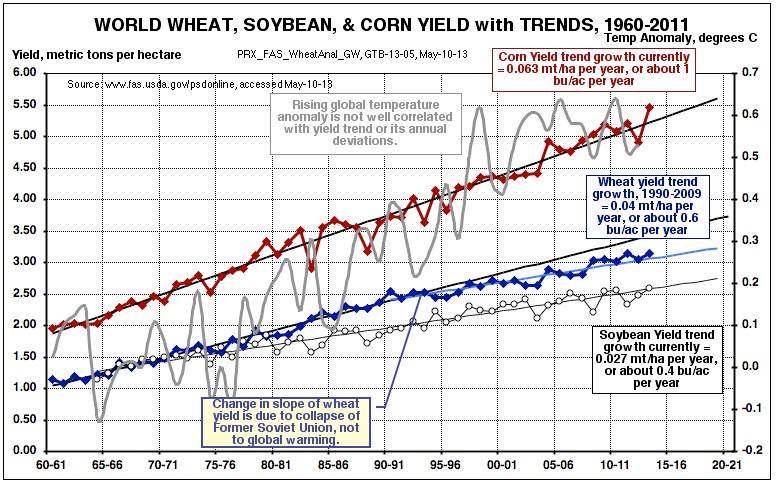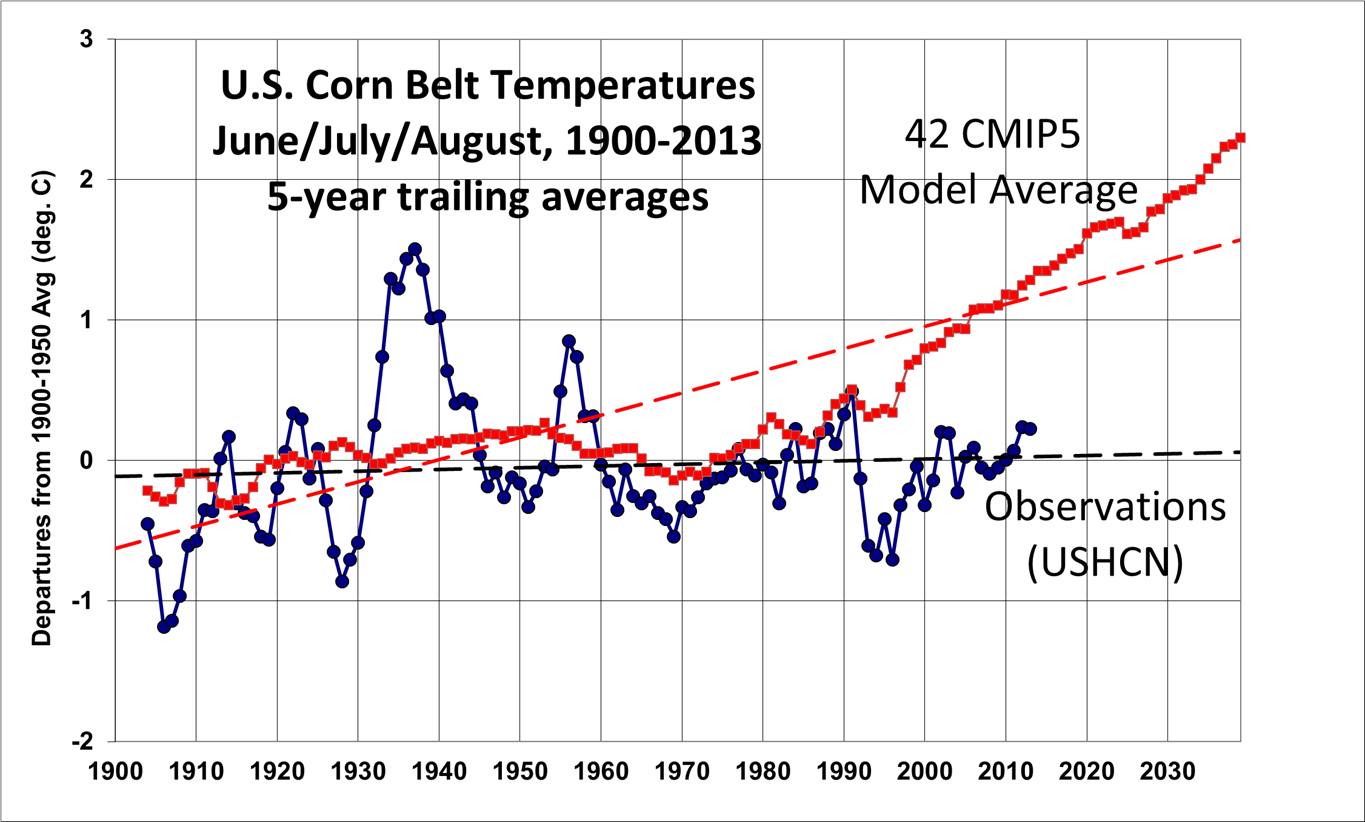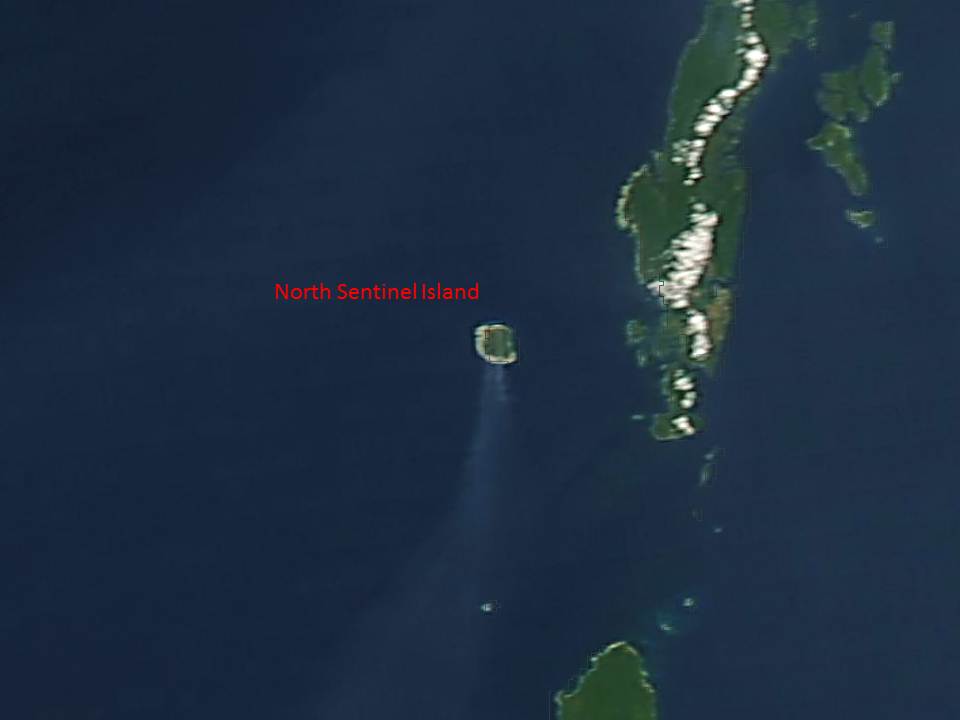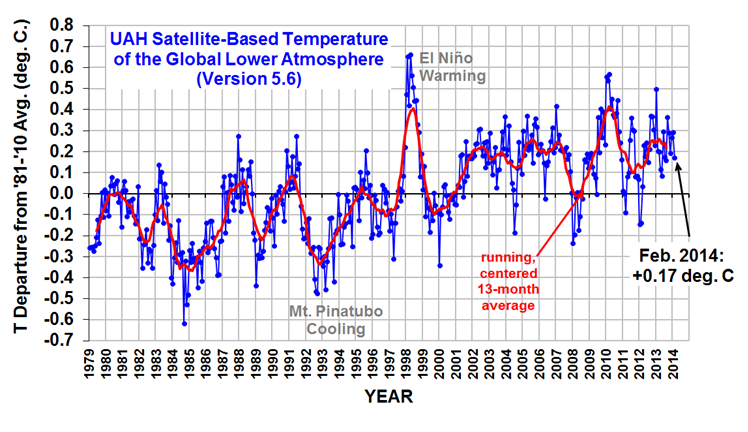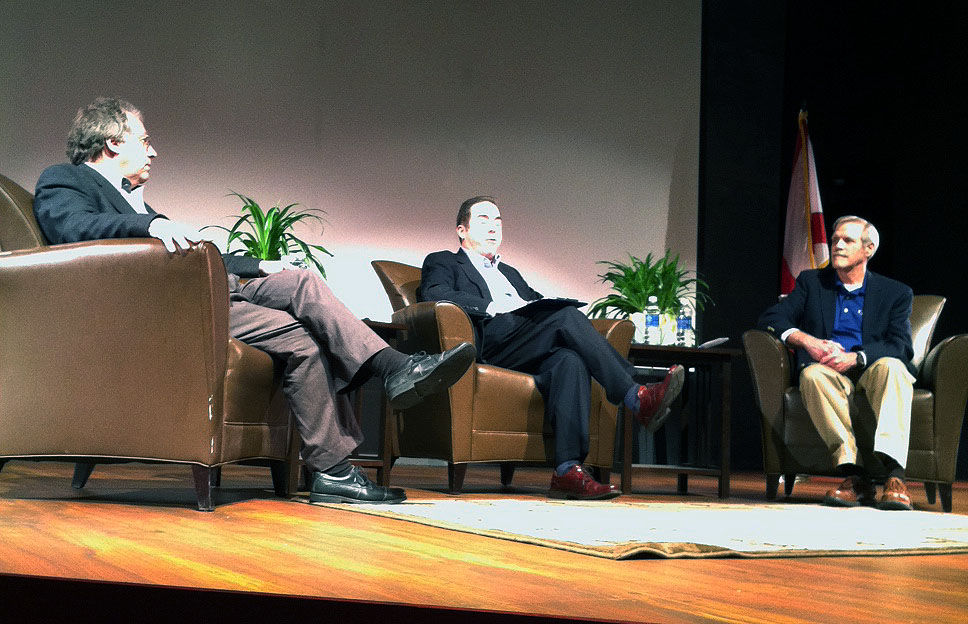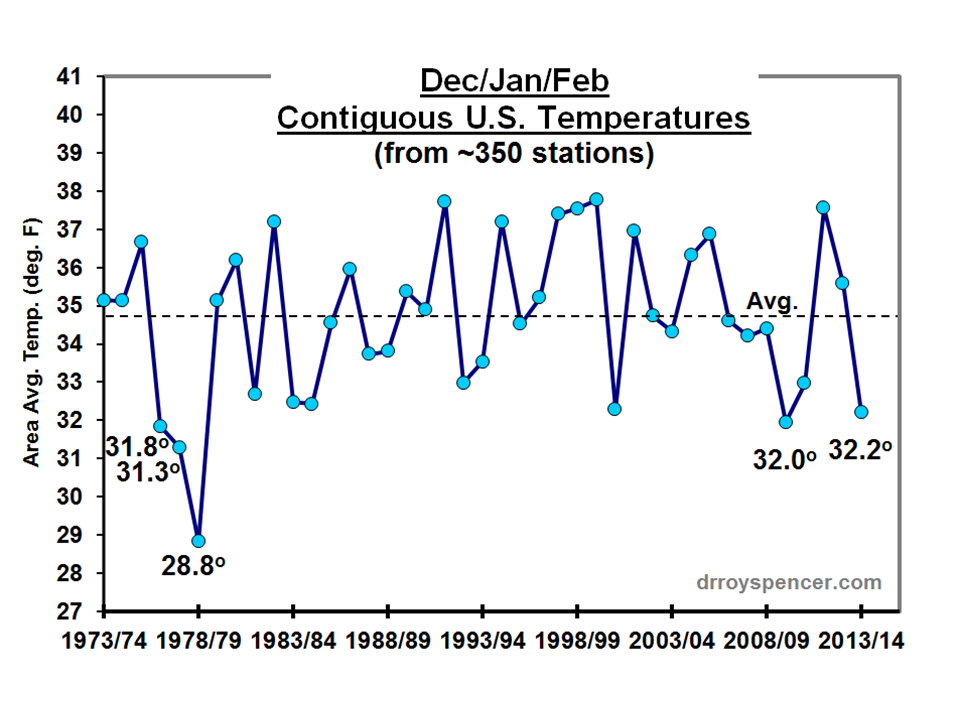
The latest report of Working Group II of the IPCC, entitled Climate Change 2014: Impacts, Adaptation and Vulnerability, was approved yesterday. In it, the concept of the “risks” posed by human-induced climate change figures prominently.
Now, I can understand using terms like “possibilities” when it comes to anthropogenic global warming (AGW). It’s theoretically possible that the average warming of the last 50+ years was mostly human-caused, and it’s possible that the slight sea level rise over this time was more human-caused than natural (sea level was rising naturally anyway). But we really don’t know.
And the idea that severe weather, snowstorms, droughts, or floods have gotten worse due to the atmosphere now having 4 parts per 10,000 CO2, rather than 3 parts per 10,000, is even more sketchy. Mostly because there is little or no objective evidence that these events have experienced any long-term increase that is commensurate with warming. (It’s possible they are worse with globally cool conditions…we really don’t know).
But the main point of my article is that the IPCC has bastardized the use of the term “risk”. Talking “possibilities” is one thing, because just about anything is possible in science. But “risk” refers to the known tendency of bad things to happen as a result of some causal mechanism.
Walking across the street raises your risk of being hit by a car. We know this, because it has happened many thousands of times.
Cigarette smoking raises your risk of lung cancer. We know this because it has happened millions of times (and is consistent with other medical evidence that human tissue exposed to repeated injury, anywhere in your body, can result in the formation of cancerous tissue).
But when it comes to climate change, there is no demonstrated causal connection between (A) an extra 1 CO2 molecule per 10,000 molecules of air, and (B) any resulting observed change in weather or climate.
There are theories of how the former might impact the latter. But that’s all.
You cannot use the term “risk” to describe these theoretical possibilities.
The fact that the IPCC has chosen to do so further demonstrates it is an organization that was political in its intended purpose, with the ultimate mission of regulating CO2 emissions, and operates within an echo chamber of like-minded individuals who are chosen based upon their political support of the IPCC’s goals.
Now, you might ask, “Dr. Roy, are you telling me there are NO known risks to adding more CO2 to the atmosphere?”
Well, I can only think of one. There are abundant controlled scientific studies which suggest that more CO2 will cause most vegetation to grow better, with more drought tolerance and more efficient use of water.
If you want to call that a “risk”, fine. But it doesn’t sound like such a bad thing to me, especially given the life-enhancing benefits of access to abundant, low cost forms of energy.

 Home/Blog
Home/Blog
